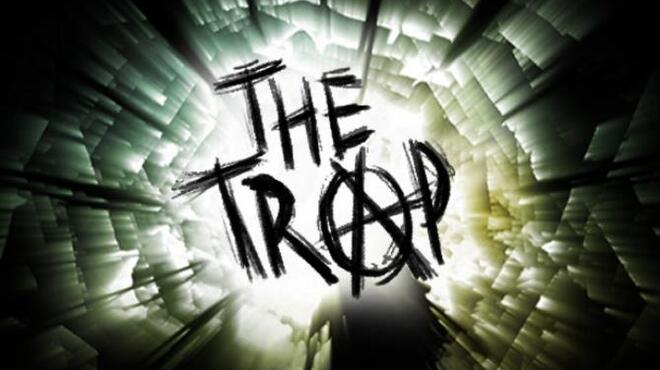Published 2/20/2024
Traps are a means to trick an opponent into making a move or a series of movies that open up their defence to a critical attack, which may result in a loss of a queen, checkmate, or allow you to utterly decimate your opponent by taking multiple pieces. Traps basically allow you to win games of chess very quickly, they are found in many openings, and though they can be used in gambits, gambits however usually just sacrifice a piece to gain a positional advantage.
Traps are also a way to trick an opponent into a very bad position, one which often seeks to win their valuable queen, or totally devastate the opponent's board quickly, like what a queen can do in the Ponziani Trap. Traps can vary in scope in that they can happen early, middle game, or even late game, and quite a few openings can offer multiple traps.
A few good examples can be found in the Rousseau Gambit, the Stafford Gambit, the Bishop's Opening, or even the London System which has an amazing 17 traps within it, and the list of traps gets extremely long indeed, because there are so many different variations of chess openings with their own different traps. Here is a list of 10 traps from a very popular website chess.com, another more exhaustive list of 25 traps can be found here, and that list includes PGN games you can analyze slowly to memorize. (NOTE: Chess is largely a game of memorization.)
Keep in mind that traps are often the most powerful in openings, though they can happen in the middle game, and they are much rarer in the late game, because you don't have a lot of pieces on the board. Traps can be very simple and minute in detail as well, where as gambits seek to gain a long term positional advantage than short term rewards, and though they may also include traps, gambits are not traps because they seek positional strength instead.
Also, I would highly recommend learning how to counter attack very common Traps, like the nefarious Queen Attack which is part of multiple openings, and then there's the rather common Scholar's Mate, which can be punished quite easily. Counterattacking tricks and traps are far more brilliant than just defending against it, it's like pulling out a gun on the block bully and demanding they give you their lunch money, which by the way is an extremely fun game! (It's like Uno with a violent twist!)
Once you get a taste of traps, you'll be hooked on using them, but don't let tricks and traps be the only reason why you play chess, and that's because traps can often be easily foiled or defended against, the true mark of a chess master is how far ahead they see every trap and trick that you play against them, by countering it before they can happen! What really separates the novice from master in chess is, how thoroughly you study, practice, and of course how much experience you have, because a pro is going to just bowl over anyone without many years of experience & study!
I hope this short dissertation on Traps is enough to help you get to studying one of the most satisfying thing to pull off in chess, like smothered mate traps, because when it works you'll be smiling big, and when it doesn't, well then you have a game of chess on your hands! I have lost badly trying to play traps, it taught me to play better too, and that's because when you start losing, then you really start taking the game more seriously. ^.^
Here are a couple videos on traps that are quite good...
chess.com has a lot of great videos, like this one!
Levy excels at explaining chess simply!
Thanks for visiting, please be kind enough to share this blog, thanks!
Copyright © 2024
All Rights Reserved Worldwide
